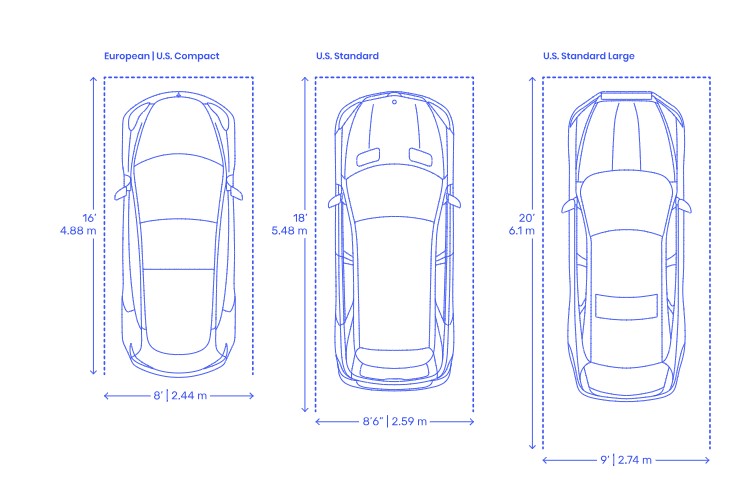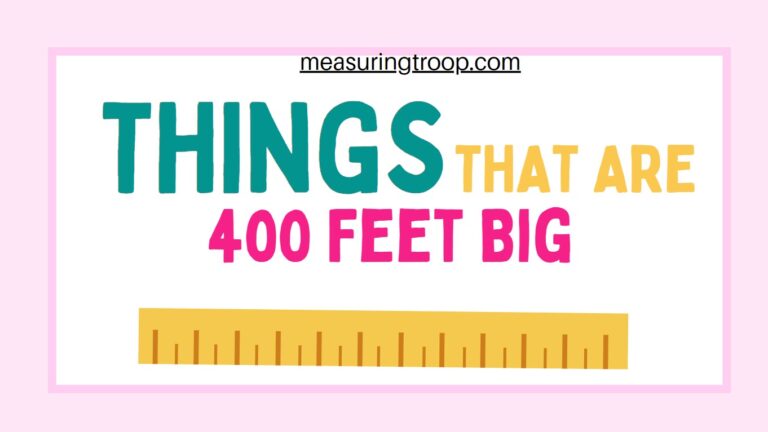What is the Average Size of a Car Parking Space?

The size of a standard car parking space can vary, but a common dimension for a single parking space is about 9 feet (2.7 meters) wide by 18 feet (5.4 meters) long. However, these dimensions can vary depending on local regulations, building codes, and the specific design of a parking lot or structure.
In some areas, you may find variations in parking space sizes based on the type of parking facility (e.g., parallel parking spaces on streets may be different from spaces in parking lots). Additionally, accessible or handicapped parking spaces are typically larger to accommodate individuals with disabilities and are subject to specific regulations.
It’s important to check local regulations and guidelines to determine the exact dimensions of parking spaces in a particular location.
What is the Average Size of a Car Parking Space?
Car parking spaces come in various sizes and shapes, depending on factors such as location, purpose, and local regulations.
However, there are standard dimensions that serve as a general guideline for parking space design. The average size of a car parking space can be broken down into several categories:
1. Compact Parking Spaces
Compact parking spaces are often designed to accommodate smaller vehicles and are commonly found in urban areas where space is at a premium.
The average size of a compact parking space is approximately 8 feet wide by 16 feet long (2.4 meters by 4.8 meters). These spaces are intended for cars like compact sedans, hatchbacks, and electric vehicles.
2. Standard Parking Spaces
Standard parking spaces are the most common type of parking space and are typically found in commercial parking lots, residential complexes, and public areas.
The average size of a standard parking space is roughly 9 feet wide by 18 feet long (2.7 meters by 5.4 meters).
These spaces can comfortably accommodate most mid-size sedans, SUVs, and crossover vehicles.
3. Oversized Parking Spaces
Some parking facilities provide oversized spaces to accommodate larger vehicles, such as full-size SUVs, pickup trucks, and vans.
These spaces can range in size but are typically around 10 feet wide by 20 feet long (3 meters by 6 meters) or larger.
They offer extra room for easy maneuvering and door opening.
4. Accessible Parking Spaces
Accessible parking spaces are designed to accommodate individuals with disabilities and are typically wider than standard spaces to allow for wheelchair access.
The average size of an accessible parking space is approximately 8 feet wide by 18 feet long (2.4 meters by 5.4 meters). These spaces also include a designated adjacent area for a wheelchair ramp.
5. Tandem Parking Spaces
In crowded urban areas, tandem parking spaces are often used to maximize parking capacity.
These spaces require vehicles to park one behind the other. Each individual space in a tandem configuration may have similar dimensions to standard spaces.
Frequently Asked Questions (FAQs)
Q1: Why do parking space sizes vary?
Parking space sizes can vary due to a variety of factors, including:
- Location: Urban areas with limited space may have smaller parking spaces to accommodate more vehicles, while suburban or rural areas may have larger spaces due to available land.
- Regulations: Local building codes and zoning ordinances can dictate parking space dimensions, ensuring safety and accessibility.
- Purpose: The intended use of the parking facility, such as residential, commercial, or industrial, can influence space sizes.
- Vehicle Size: Some parking facilities provide oversized spaces for larger vehicles, while others cater to compact cars.
Q2: Are parking space sizes standardized worldwide?
Parking space sizes are not standardized worldwide. They can vary significantly from one country to another and even from one city to another within the same country. Regulations and guidelines regarding parking space dimensions are typically determined at the local or regional level.
Q3: How do I know if a parking space is too small for my vehicle?
If you are unsure whether a parking space is suitable for your vehicle, it’s essential to check its dimensions and compare them to your car’s size. Most parking spaces will have painted lines and may even indicate whether they are designated for compact or standard vehicles. If your vehicle doesn’t comfortably fit within the space, it’s best to look for an alternative spot to avoid any issues.
Q4: Are there parking spaces for motorcycles and bicycles?
Yes, parking facilities often include designated spaces for motorcycles and bicycles. These spaces are typically smaller than standard car spaces and may be equipped with racks or other infrastructure to secure the two-wheelers. The dimensions of these spaces can vary, but they are designed to accommodate the specific needs of motorcycles and bicycles.
Q5: Can I park a larger vehicle in a compact space if there are no standard or oversized spaces available?
In some cases, you may need to park a larger vehicle in a compact space if no other suitable spaces are available. However, this should be done with caution and consideration for other drivers. Ensure that you do not impede traffic flow, block adjacent spaces, or create safety hazards. If your vehicle cannot fit within the lines of the parking space, it’s advisable to seek an alternative parking location.
Q6: What are the consequences of parking in an accessible parking space without a disability permit?
Parking in an accessible parking space without a valid disability permit is a violation of the law in many places and can result in fines and penalties. Additionally, it is highly unethical, as these spaces are reserved for individuals with disabilities who require the extra space for accessibility. Always respect these designated spaces and use them only if you are eligible and have the appropriate permit.
Conclusion
The average size of a car parking space can vary depending on location, purpose, and local regulations. Whether you’re parking in a compact space in a bustling city or an oversized space at a suburban shopping center, understanding the dimensions of parking spaces is essential for safe and convenient parking.
When parking, it’s crucial to be aware of your vehicle’s size and choose a space that accommodates it comfortably. Respect designated accessible parking spaces and the needs of individuals with disabilities. Additionally, always follow local parking regulations to avoid fines and ensure the smooth flow of traffic in parking facilities.
In summary, parking space sizes may differ, but being informed about the typical dimensions and guidelines will help you navigate the world of parking with ease and consideration for others on the road.






